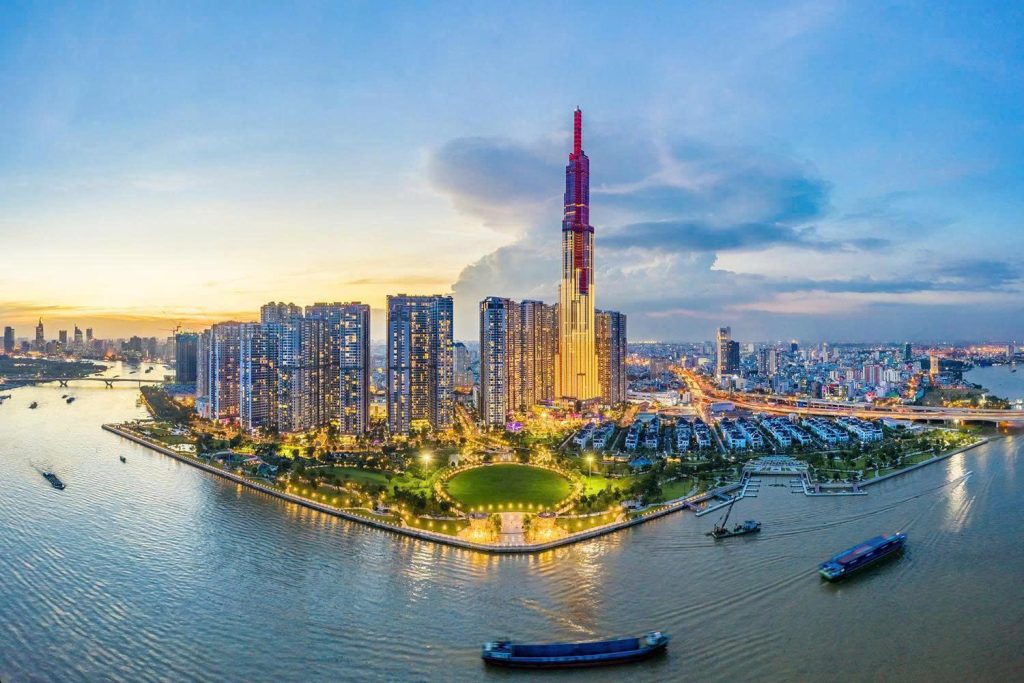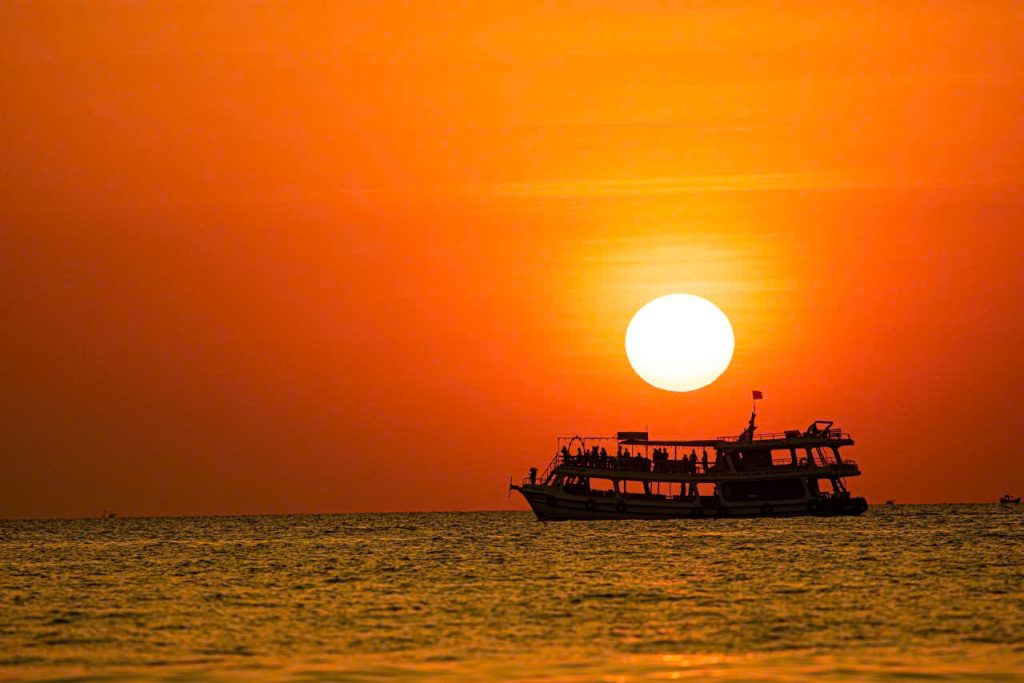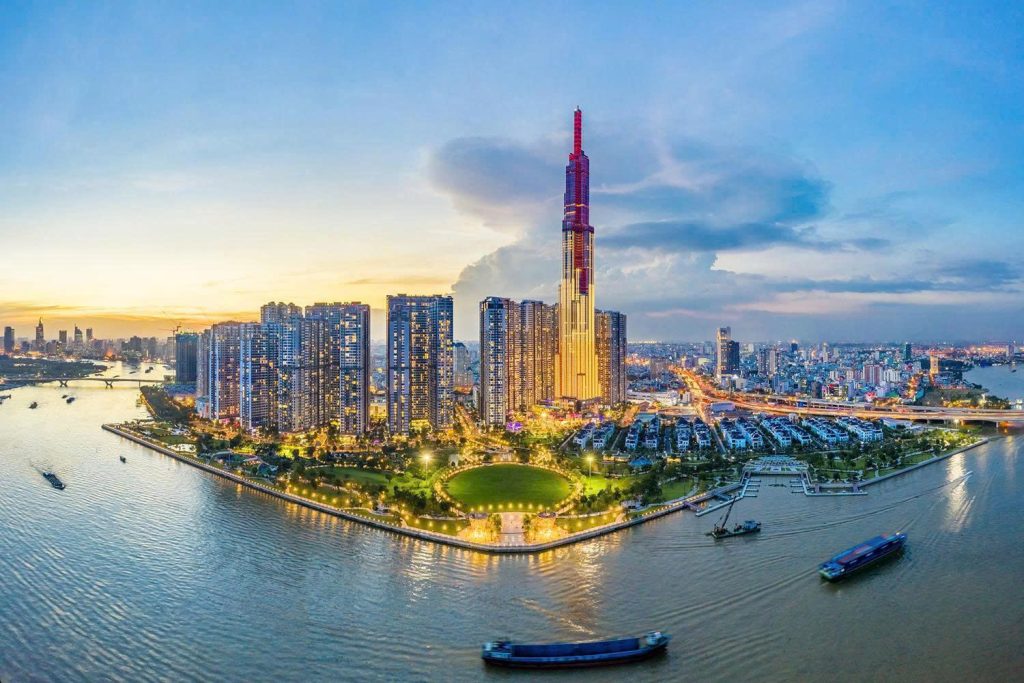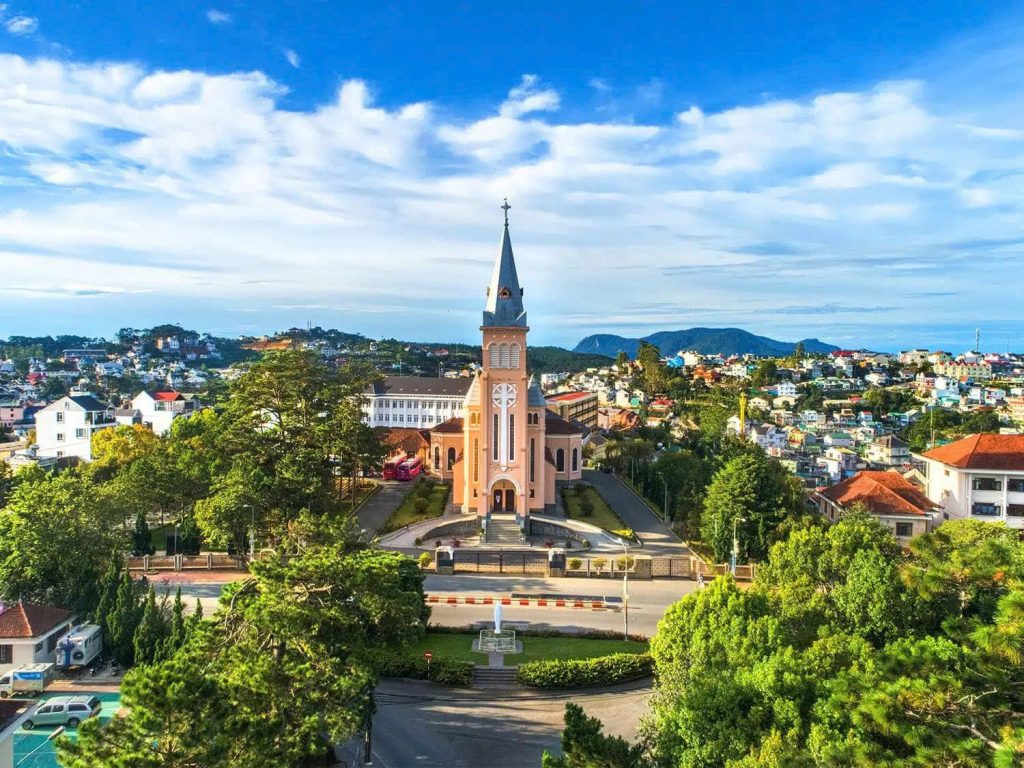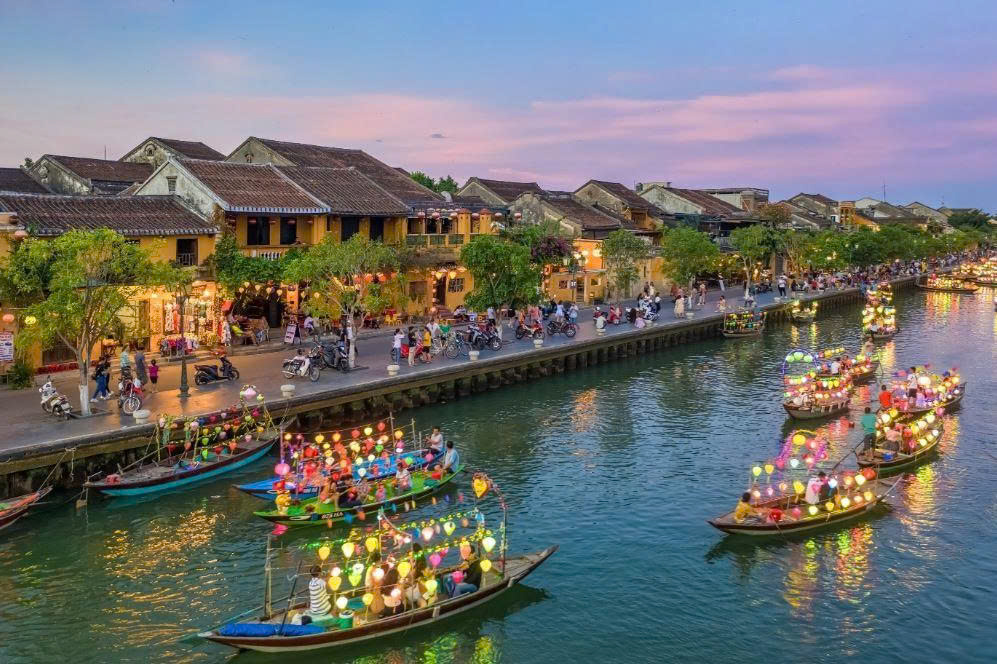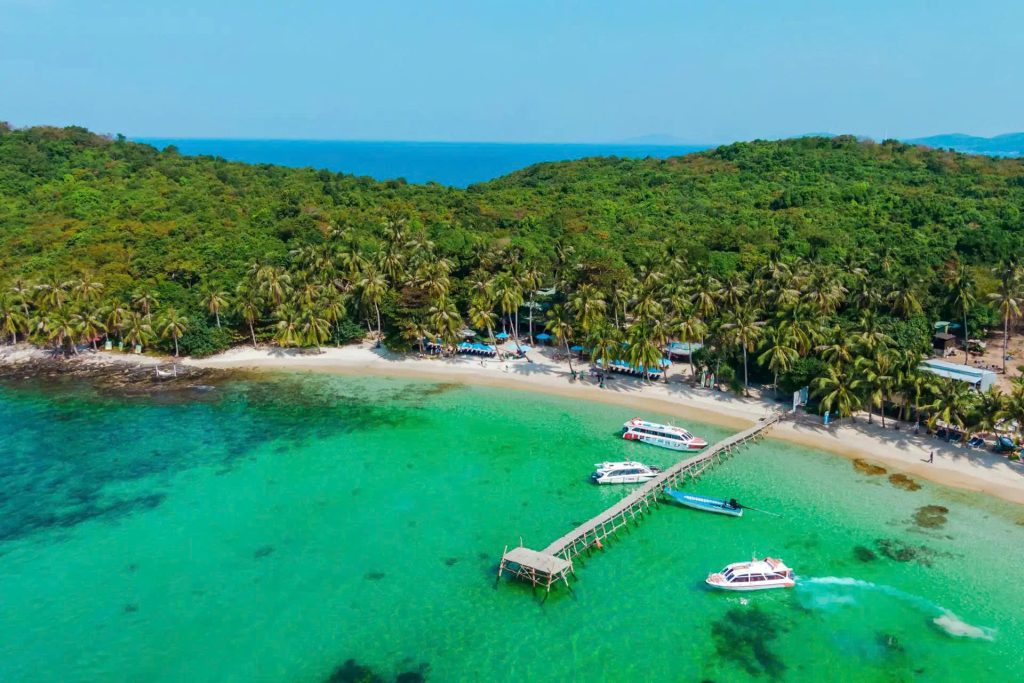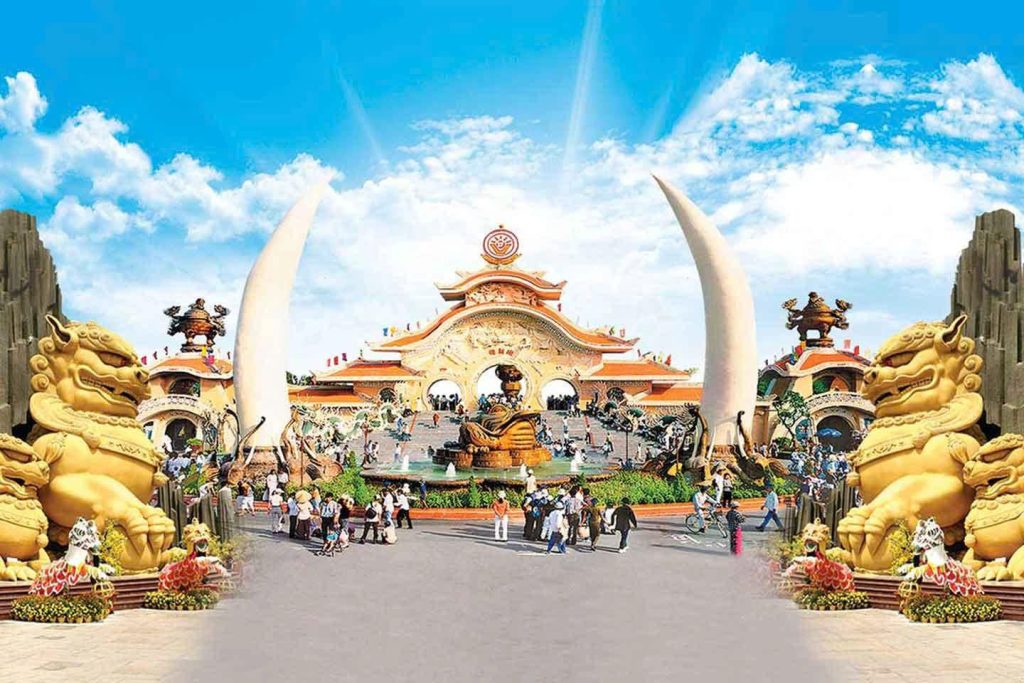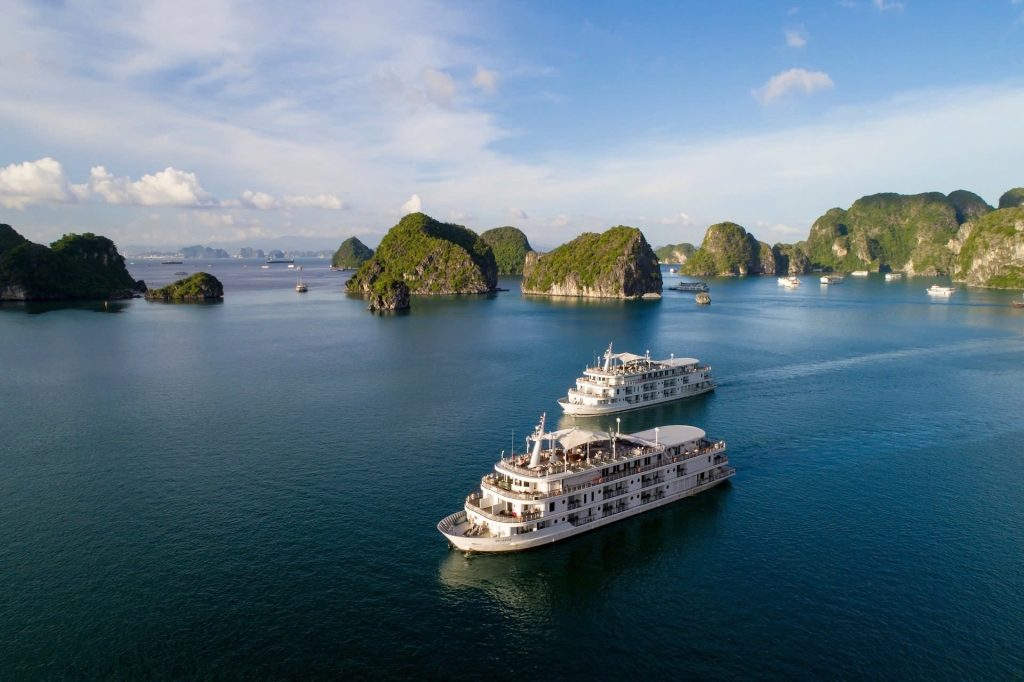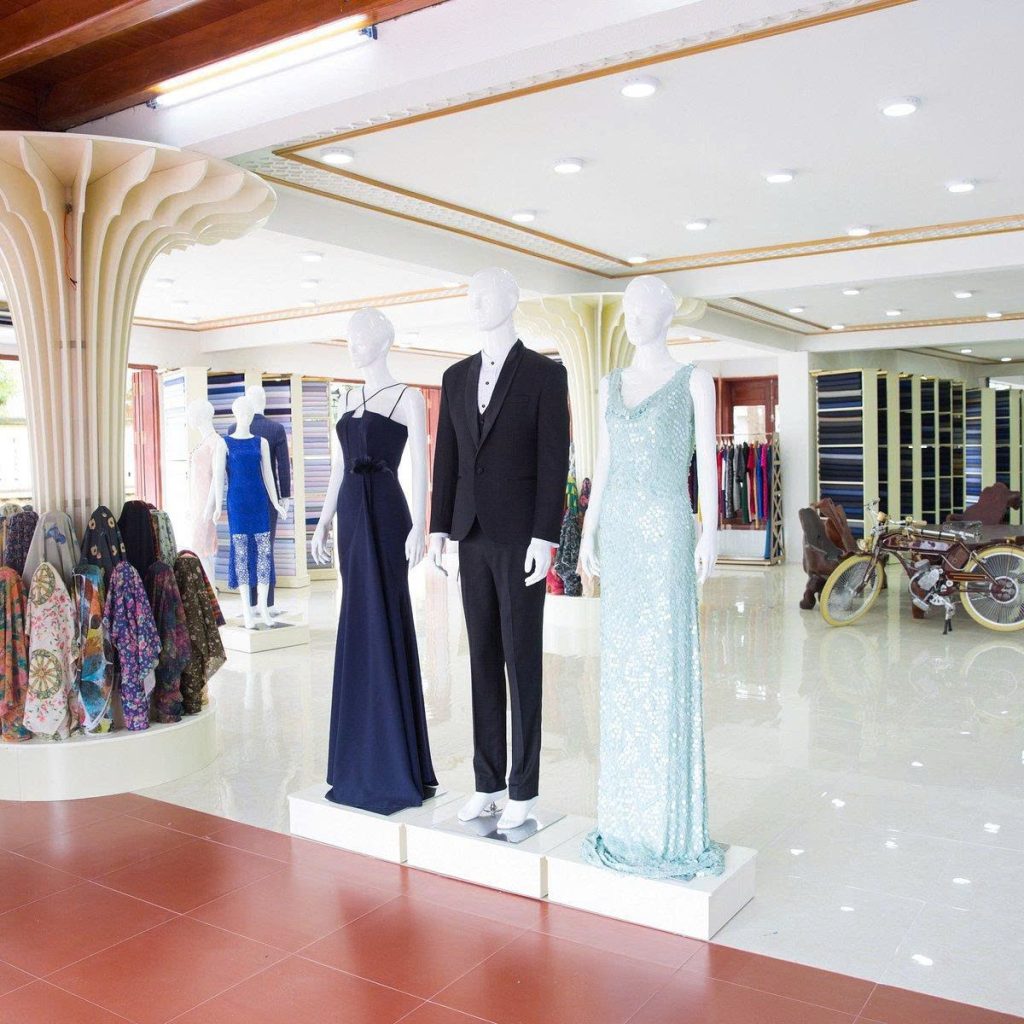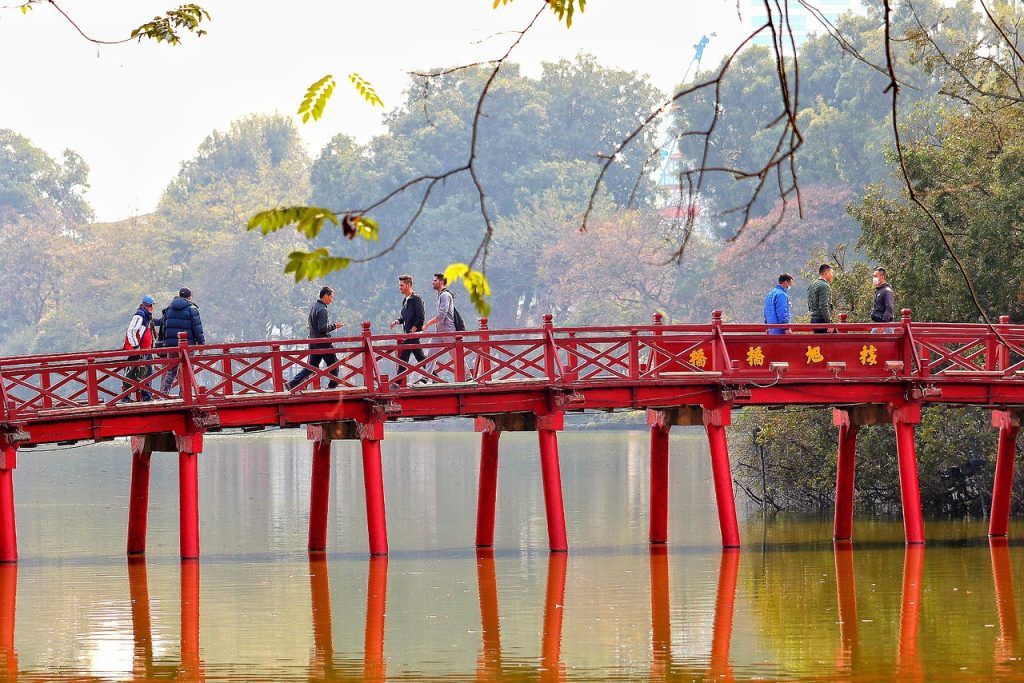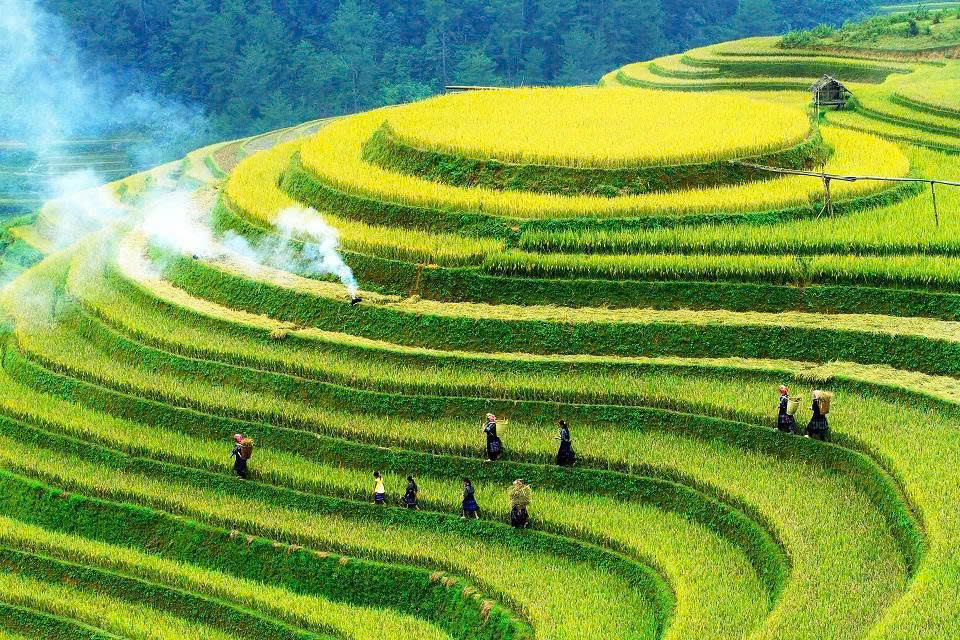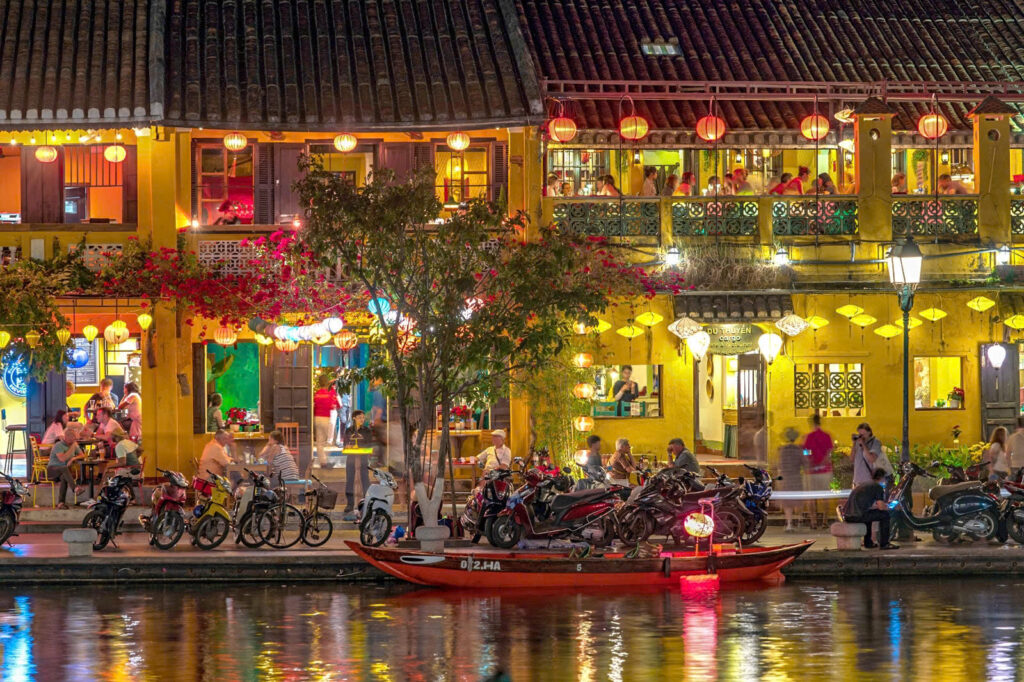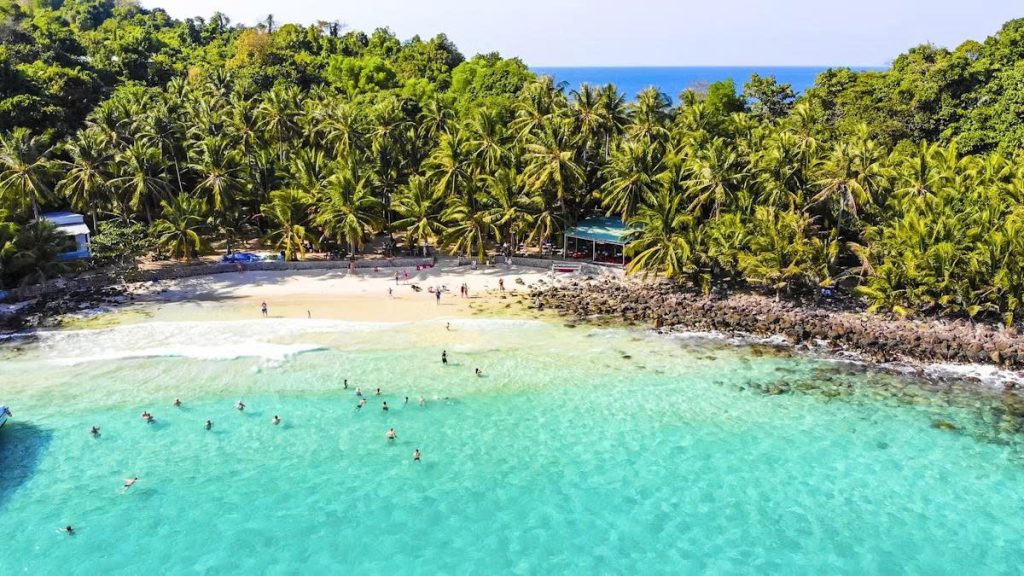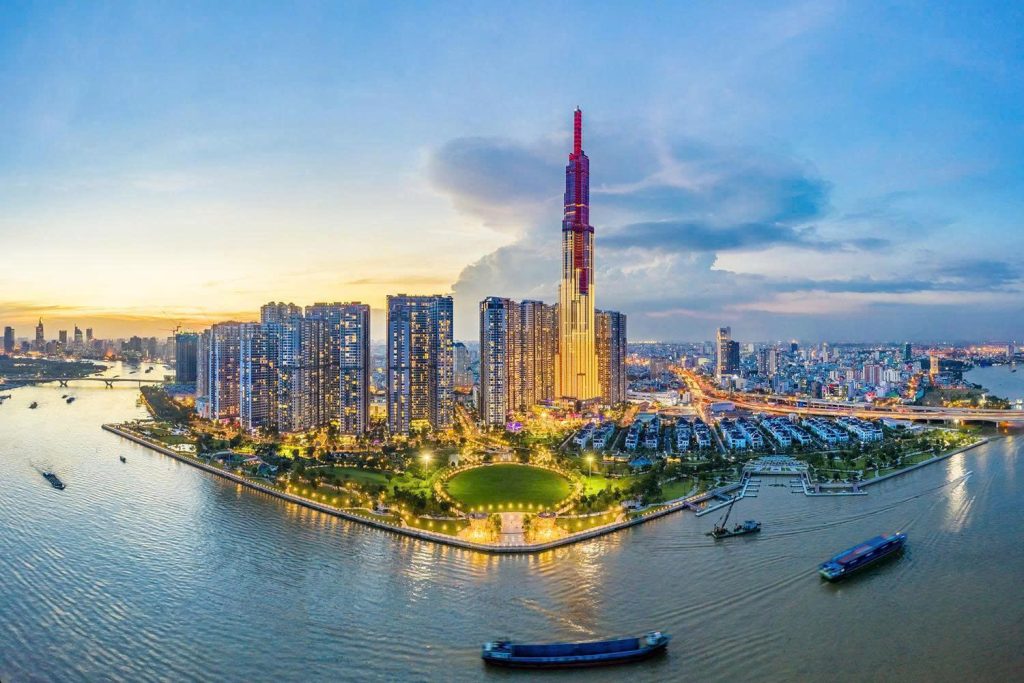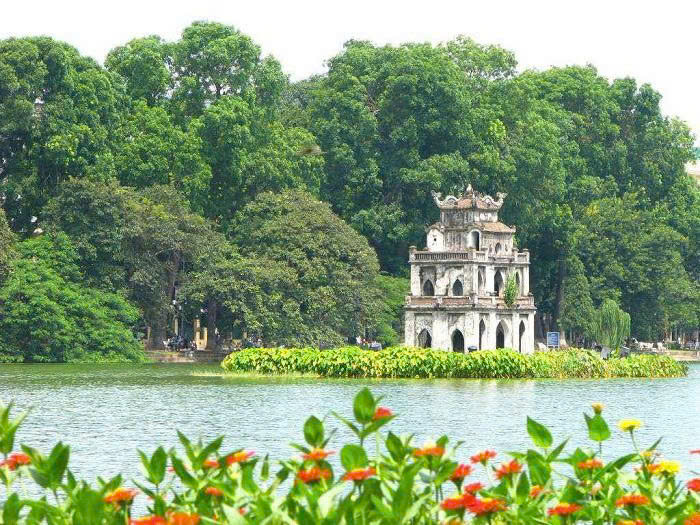Planning a trip to the vibrant and bustling Ho Chi Minh City (formerly Saigon)? Deciding on the best time to visit can significantly impact your travel experience. This comprehensive guide will walk you through the city’s climate, seasons, and key considerations to help you choose the perfect time for your adventure in this dynamic Vietnamese metropolis.
Quick Answer: Generally, the dry season, which spans from December to April, is often considered the best time to visit Ho Chi Minh City. During these months, you can expect pleasant temperatures, lower humidity, and minimal rainfall, making it ideal for exploring the city’s attractions and enjoying outdoor activities.
Understanding Ho Chi Minh City’s Climate: Navigating the Tropical Seasons
Ho Chi Minh City’s Climate:
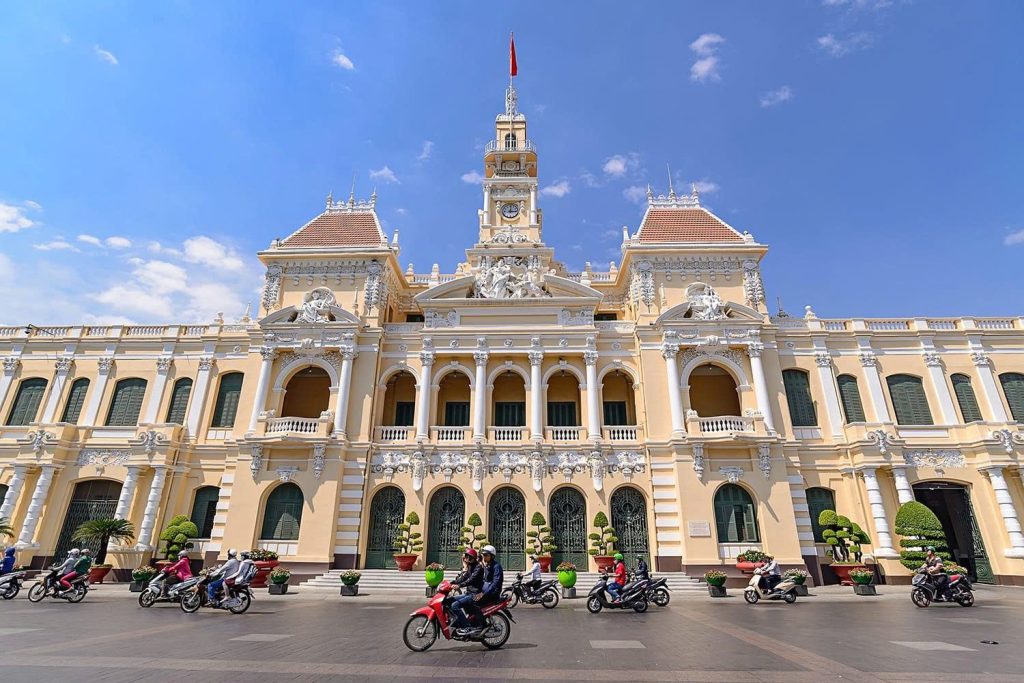
Ho Chi Minh City experiences a tropical monsoon climate, characterized by two distinct seasons: the dry season and the rainy season. Understanding these seasons is crucial for planning your trip.
The Dry Season (December to April): Sunshine and Comfort
- Months: December, January, February, March, April
- Weather: This period boasts the most agreeable weather conditions. Expect warm temperatures ranging from the mid-70s to the low 90s Fahrenheit (around 25-32 degrees Celsius), low humidity, and clear skies with plenty of sunshine. Rainfall is minimal, making it perfect for strolling through the city and exploring its landmarks.
- Pros: Ideal weather for sightseeing, outdoor activities, and enjoying the city’s vibrant atmosphere. Fewer disruptions due to rain.
- Considerations: This is also the peak tourist season, so expect larger crowds at popular attractions and potentially higher prices for flights and accommodation. The period around Tet Nguyen Dan (Vietnamese Lunar New Year), typically in late January or February, is a major holiday with significant celebrations but also potential closures and travel congestion.
The Rainy Season (May to November): Lush Landscapes and Afternoon Showers
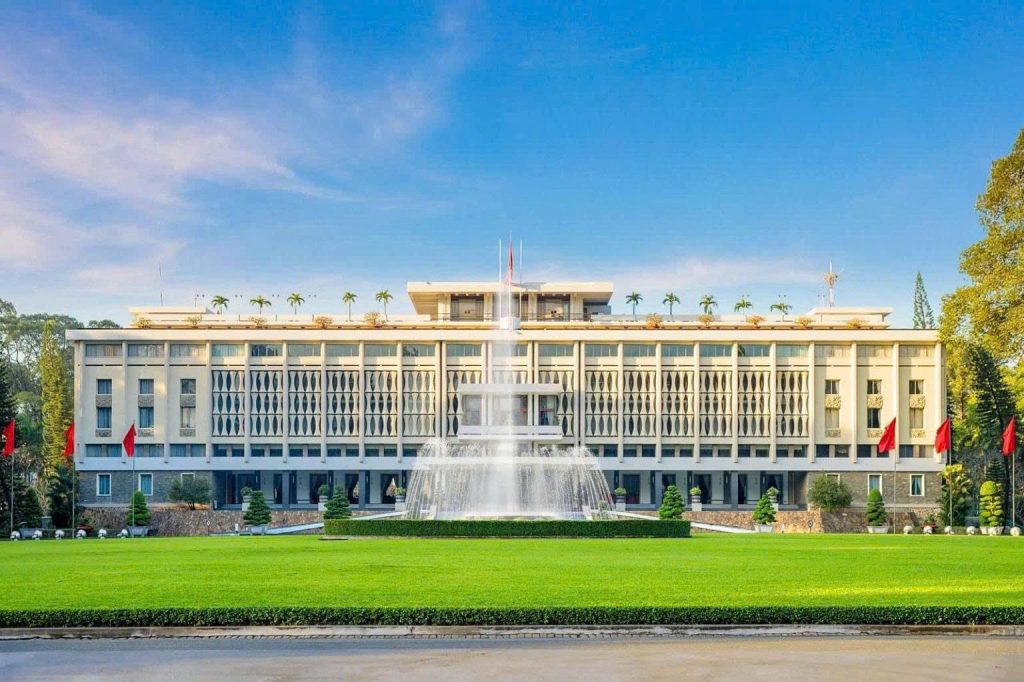
- Months: May, June, July, August, September, October, November
- Weather: The rainy season brings high humidity and frequent afternoon downpours. While the rain can be heavy, it usually doesn’t last all day. Temperatures remain warm, similar to the dry season.
- Pros: The city’s greenery flourishes during this time, offering a different perspective. You’ll likely encounter fewer tourists, and you might find better deals on accommodation and flights. The rain can also provide a refreshing break from the heat.
- Considerations: Afternoon showers can disrupt outdoor plans. Some areas of the city can experience minor flooding after heavy rainfall. Humidity levels can be quite high, which might be uncomfortable for some travelers.
A Month-by-Month Guide: Tailoring Your Visit to Your Preferences
To help you pinpoint the perfect time, let’s look at each part of the year in more detail:
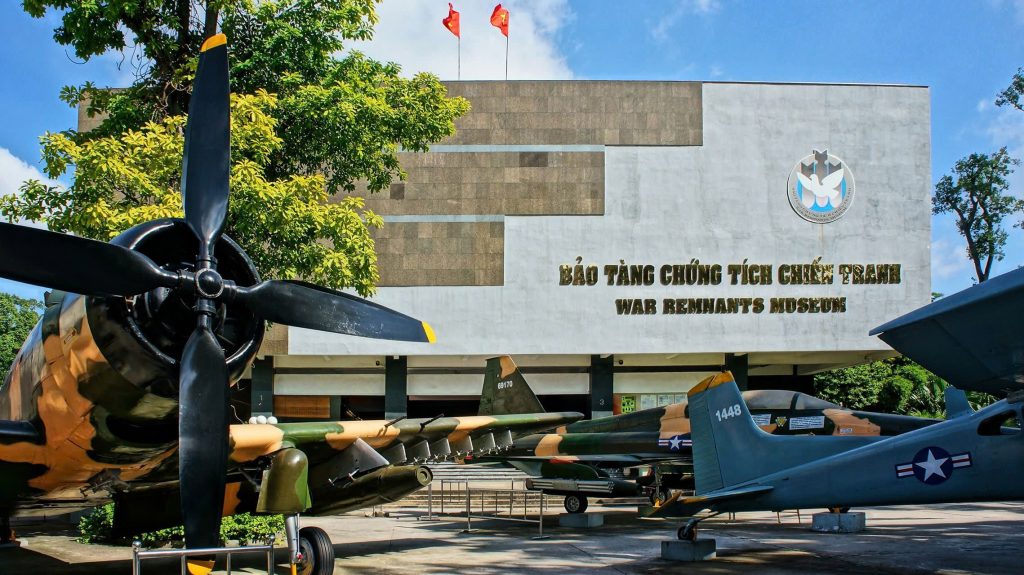
- December to February: Often cited as the best months to visit. The weather is at its most pleasant – warm, dry, and sunny. This period is ideal for exploring historical sites like the Independence Palace, the War Remnants Museum, and the Notre-Dame Cathedral Basilica of Saigon, as well as enjoying the bustling Ben Thanh Market. The festive atmosphere around the Lunar New Year adds a unique cultural dimension.
- March and April: Temperatures start to rise, and humidity gradually increases, but the weather is still generally good for tourism. You can still enjoy outdoor activities and explore the city comfortably.
- May to September: These are the peak rainy months. Expect frequent afternoon showers. However, mornings and early afternoons can still be sunny, allowing for some sightseeing. The lush greenery during this time can be quite beautiful.
- October and November: The rainy season begins to taper off. Rainfall becomes less frequent, and humidity starts to decrease, making it a shoulder season with a good balance of pleasant weather and fewer crowds.
Beyond the Weather: Other Factors to Consider
While the weather is a primary factor, other aspects can influence your decision:
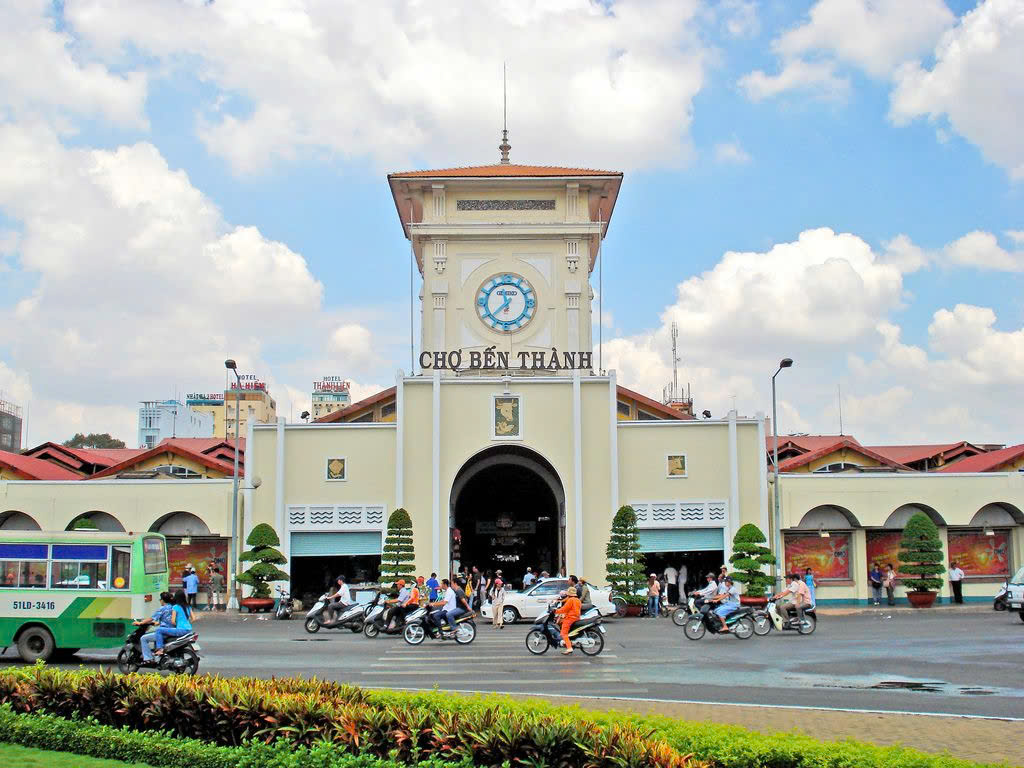
- Festivals and Events: Ho Chi Minh City hosts various cultural events and festivals throughout the year. Researching these events, such as the Tet Festival, or specific cultural celebrations, might align with your interests.
- Crowds and Prices: The dry season (especially December to February) sees the highest number of tourists, leading to crowded attractions and higher prices for flights and accommodation. Traveling during the shoulder seasons (March-April, October-November) or the rainy season can offer a more budget-friendly experience with fewer crowds.
- Personal Preferences: Consider your tolerance for heat and humidity. If you prefer cooler temperatures and dry conditions, the dry season is undoubtedly the best choice. If you don’t mind occasional rain and prefer fewer tourists, the rainy season might be suitable for you.
Finding Your Perfect Time to Explore Saigon
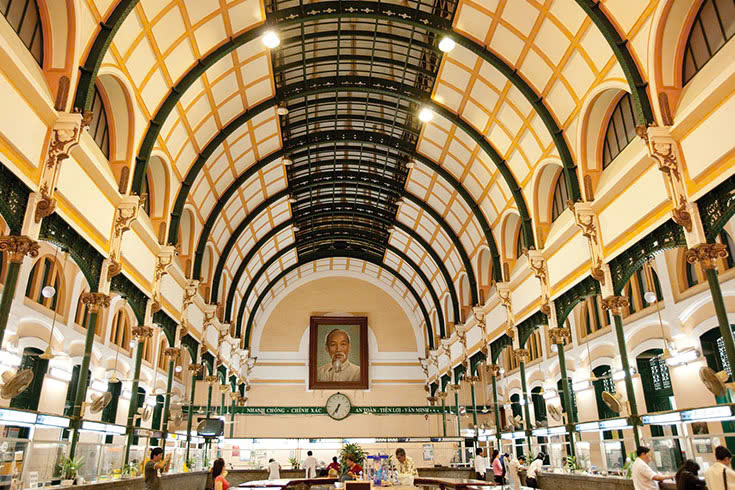
Ultimately, the best time to visit Ho Chi Minh City depends on your individual preferences and priorities.
- For ideal weather and vibrant atmosphere, aim for the dry season (December to April).
- For budget-conscious travel and fewer crowds, consider the shoulder seasons (March-April, October-November) or be prepared for afternoon showers during the rainy season (May to September).
RELATED: Where to Stay in Ho Chi Minh City for First Time Visitors
No matter when you choose to visit, Ho Chi Minh City, a significant economic center of Vietnam and a city rich in history and culture, offers a captivating and unforgettable travel experience. Plan your trip wisely, embrace the local culture, and get ready to discover the charm of this Southeast Asian gem!

